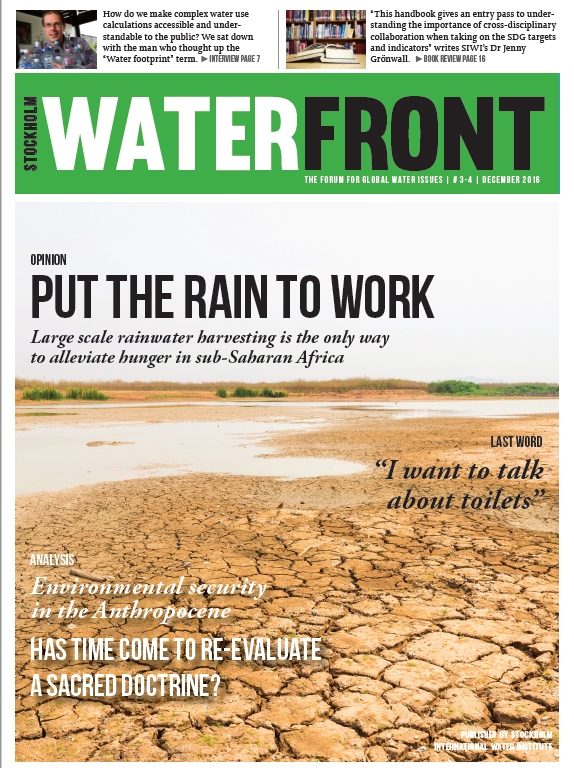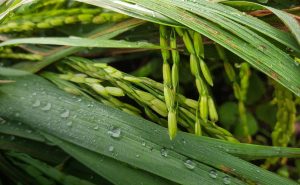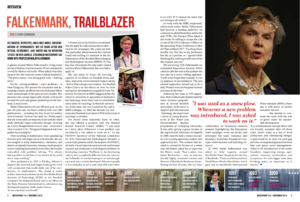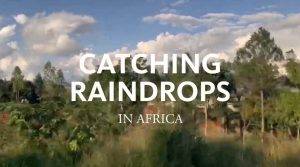Stockholm Water Front No 3-4, 2016

Sub-Saharan Africa is set to see a drastic population increase in coming decades. That is not news. But combine that with vast drylands that hardly can support sufficient food production to feed all peoples, and you have a recipe for disaster. The only way we can have any hope of achieving the Sustainable Development Goal #2 (End hunger, achieve food security and improved nutrition and promote sustainable agriculture), is to completely change the way we view and manage green water, that is, rain. That is the argument of Malin Falkenmark, author of this year-end issue’s Opinion. We will continue to cover this aspect of green water into 2017.
In the interview, we talk to the person who has worked on and developed the Water Footprint concept for a decade and a half. How the term came to Arjen Hoekstra? Well, in the shower, of course.
The Permanent Sovereignty of Natural Resources has been a near-sacred doctrine for decades, originally formulated to protect newly independent nations, mainly in the global south. But this doctrine is now being questioned. Should the sovereignty be absolute, even in the face of grave environmental and security concerns? Read Anna Forslund’s Analysis .


